Laser treatment and hair growth stimulation
Laser hair restoration is a medical procedure used to improve the condition of the hair and scalp. Laser devices are used that emit light at specific wavelengths. It affects hair follicles, stimulating their growth and improving blood circulation in the scalp.

specialists

equipment

treatment
Causes of development and types of alopecia
More about the procedure
Laser therapy for the treatment of alopecia
Laser for hair loss in androgenetic alopecia (AGA) is an additional method in complex therapy. While classical treatment for AGA involves the vasodilator minoxidil and the androgen blocker finasteride, laser treatment is used as an adjuvant.
Minoxidil and finasteride, although approved by the FDA, have significant side effects. Minoxidil can be highly addictive, and finasteride can cause hormonal imbalances, decreased libido and erection problems.
Laser procedures, despite their safety, cannot completely replace traditional methods of treating AGA. They are not able to independently stimulate hair growth and block the hormone dihydrotestosterone.
Trichology uses low-intensity laser radiation, which is different from the rays used in surgery. These lasers (FDA classification 3B) have power up to 90 mW and wavelength up to 830 nm. Such devices appeared in the 1960s and were originally used for pain relief.
The difference between a “cold” hair laser and a surgical one is that it does not destroy tissue, but promotes their restoration, has an analgesic, anti-inflammatory, regenerating and antioxidant effect.
Laser therapy for hair is photobiotherapy. The absorption of laser light by cells stimulates metabolic processes, improving cell functionality. Red laser light, unlike ultraviolet light, does not cause photoaging of the skin.
This treatment method improves blood flow, which is important for nourishing the follicles. Blood delivers oxygen, trace elements, enzymes, hormones and other important components necessary for health.
Preparation for laser correction
Before laser treatment of scalp hair, you need to complete a number of simple preparatory steps. The main thing is an initial consultation with a doctor. Here, the specialist identifies possible contraindications and collects information about the patient’s health, including the presence of chronic diseases. In some situations, adjustments to your medication may be necessary.
Before the procedure itself, it is important to wash your hair thoroughly. Hair should be dried naturally or with a hairdryer. It is important to avoid the use of styling products such as gels or mousses so as not to interfere with the effectiveness of the laser treatment.
How does the procedure work?
Hair laser for hair treatment is not a one-time procedure, but a full course. Typically starts with three sessions per week, gradually decreasing to once a month. Noticeable results appear after two months. The duration of treatment varies from six months to a year, depending on the individual response of the body.
This therapy can be done at home using laser combs. You should start three times a week, conducting a session for 10-15 minutes.
Before starting self-treatment, it is advisable to consult a trichologist. This will help to accurately determine the type of alopecia and select the optimal treatment parameters. For example, with diffuse hair loss, when hair thins evenly, laser therapy can be especially effective, as it stimulates blood circulation and nutrition of the follicles.
However, it is worth considering that for some types of hair loss, for example, those caused by micronutrient deficiency or hormonal imbalance, laser treatment will be ineffective without eliminating the root cause.
For androgenetic alopecia, laser procedures can serve as an additional means of stimulating growth, but the main treatment should be aimed at activating dormant follicles and blocking harmful hormones. To do this, you can use local antiandrogens, such as palmetto or green tea extracts.
Before starting a laser course for hair growth, be sure to consult with a specialist. There are a number of contraindications, including cancer, hemophilia, facial paralysis, pregnancy and lactation, as well as dermatitis in the acute phase.
Hair and scalp care after laser stimulation
In the first 24-48 hours after the procedure, it is better not to wash your hair in order to preserve the effect of the laser treatment. It is also important to wear a hat during this period to protect against ultraviolet rays.
For a week after the procedure, you should refrain from visiting saunas, baths, solariums and swimming pools to prevent possible irritation and ensure the best healing. In addition, it is not recommended to massage the head or use scrubbing products for three days.
As a result of laser therapy, especially for autoimmune diseases and alopecia areata, there is a significant improvement in hair condition. This is achieved thanks to the anti-inflammatory effect, which reduces the activity of aggressive cells around the bulbs. In addition, in the treatment of focal forms of alopecia, laser therapy demonstrates effectiveness comparable to intradermal administration of glucocorticosteroids. Hair often begins to grow within 10 days of starting treatment.
The effectiveness of laser therapy is due to its ability to activate stem cells and the synthesis of important proteins and peptides. The procedure also reduces inflammation, activates enzymes that promote healthy hair follicles, and regulates their growth phases. All this helps to improve the condition of the hair and scalp.
Laser restoration technologies
There are two types of hair lasers used in clinics.
- Semiconductor diode laser. This instrument, manufactured by the German company PHYSIOMED Elektromedizin AG, operates at low intensity with a wavelength of 785 nm. Its special feature is the use of a “laser comb” equipped with 14 laser diodes. What makes it unique is its ability to adapt to the patient's needs: it has a variable modulating frequency and customized variable frequencies for optimal treatment of the hair and scalp, including subcutaneous fat tissue. Rays operating in the infrared spectrum are ideal for penetrating the skin and biostimulating it. The device automatically calculates therapy parameters and saves individual treatment programs.
- LED Laser. In the United States it is often used for treatment. Known for its effectiveness and widespread use in various skin care procedures. Used to improve the general condition of hair and stimulate its growth.
Both of these devices are highly effective and safe, offering an individual approach to the treatment of each client. It is important to note that before starting any course of laser therapy, it is recommended to consult a specialist to determine the most appropriate treatment method in each particular case.

Neodymium laser
Neodymium laser (ND:YAG), operating at a wavelength of 1064 nm in the infrared spectrum, effectively penetrates the deep layers of the skin, reaching the hair follicles. This method heats without damaging the top layer of the epidermis, which makes the procedure safe.
Neodymium laser is used to strengthen thinning and brittle hair, as well as in the fight against telogen effluvium and androgenetic alopecia. However, given the depth of penetration of the beam, patients may experience discomfort during the procedure. The effectiveness of the method is noticeable after about 10 sessions and is suitable for the initial and middle stages of alopecia.
Modern laser systems often combine both types of radiation, expanding the range of problems they can solve. Doctors can customize the equipment, selecting the best treatment program for each client.

Erbium laser
Erbium laser is often used in fractional mode. It promotes hair restoration and stimulates its growth, affecting the affected areas without damaging surrounding tissues.
The uniqueness of this technology is the creation of microperforations through which therapeutic agents penetrate into the deep layers of the skin. This makes the erbium laser ideal for complex therapy.
It is recommended to use an erbium laser for the treatment of androgenetic, focal, cicatricial alopecia, as well as for hair restoration after lichen planus and Hoffmann's folliculitis.
The combination of neodymium and erbium technologies provides a precise effect on the scalp, effectively working with both local and general hair loss problems. This is especially important for androgenetic alopecia.

Effect of laser on hair and skin
Laser therapy is an effective modern method in the fight against various skin problems, especially when traditional treatment methods do not give the desired result. This technique is widely used to treat a variety of skin pathologies and has shown significant improvements in clinical practice.
The laser operates at the molecular level: its rays penetrate the skin and affect the hair follicles, stimulating biochemical processes. This leads to increased production of ATP and other active biological compounds.
The main benefits of laser therapy for the scalp include:
- Improving blood circulation and tissue nutrition.
- Reducing inflammatory processes.
- Strengthening local and general immunity.
- Slowing down the aging process of cells.
- Increasing the thickness of the top layer of skin.
- Normalization of cell restoration processes.
- Regulation of the sebaceous and sweat glands.
The laser helps to “awaken” inactive follicles, stimulates the growth of new hair and prolongs its active growth phase.


About the Department of Aesthetic Medicine K+31

This award is given to clinics with the highest ratings according to user ratings, a large number of requests from this site, and in the absence of critical violations.

This award is given to clinics with the highest ratings according to user ratings. It means that the place is known, loved, and definitely worth visiting.

The ProDoctors portal collected 500 thousand reviews, compiled a rating of doctors based on them and awarded the best. We are proud that our doctors are among those awarded.
Make an appointment at a convenient time on the nearest date
Other injection cosmetology services



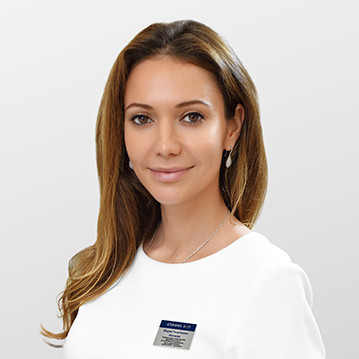
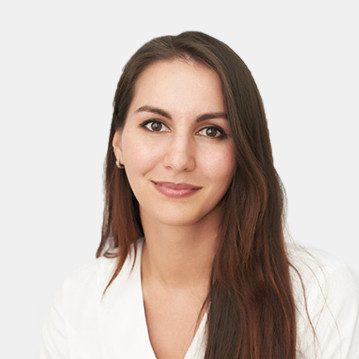
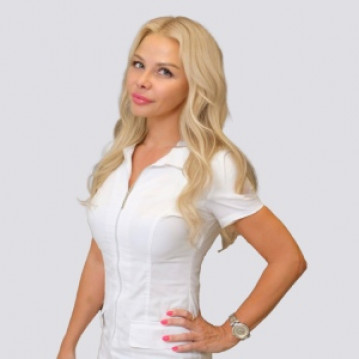
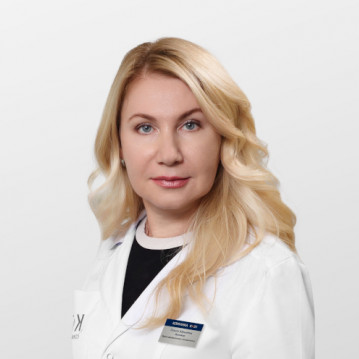
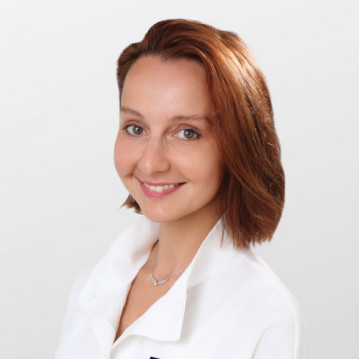

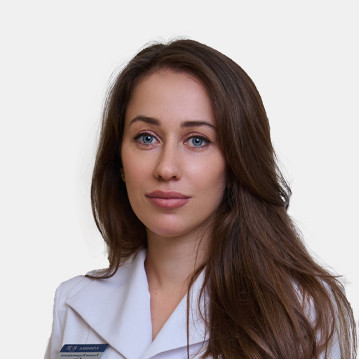
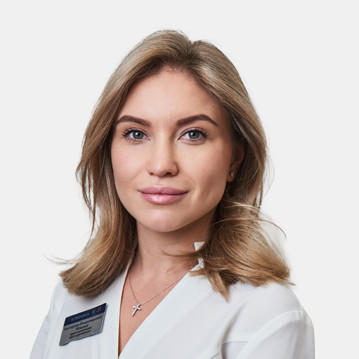
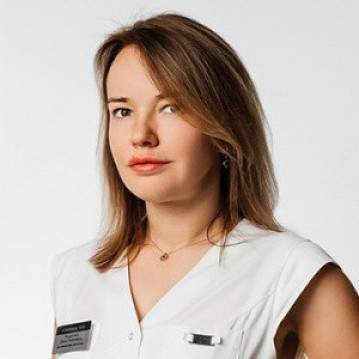
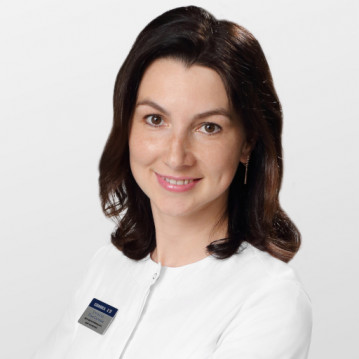
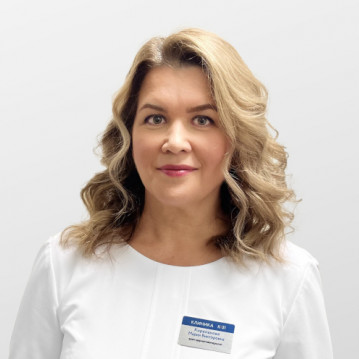
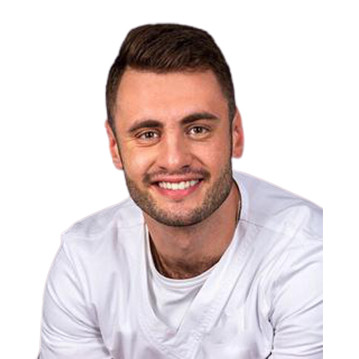

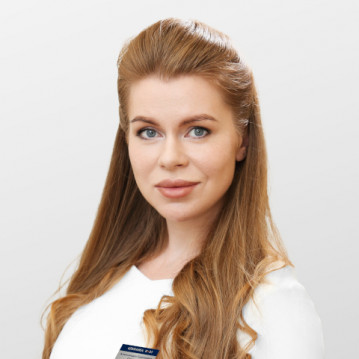

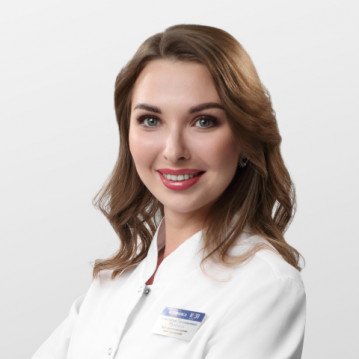




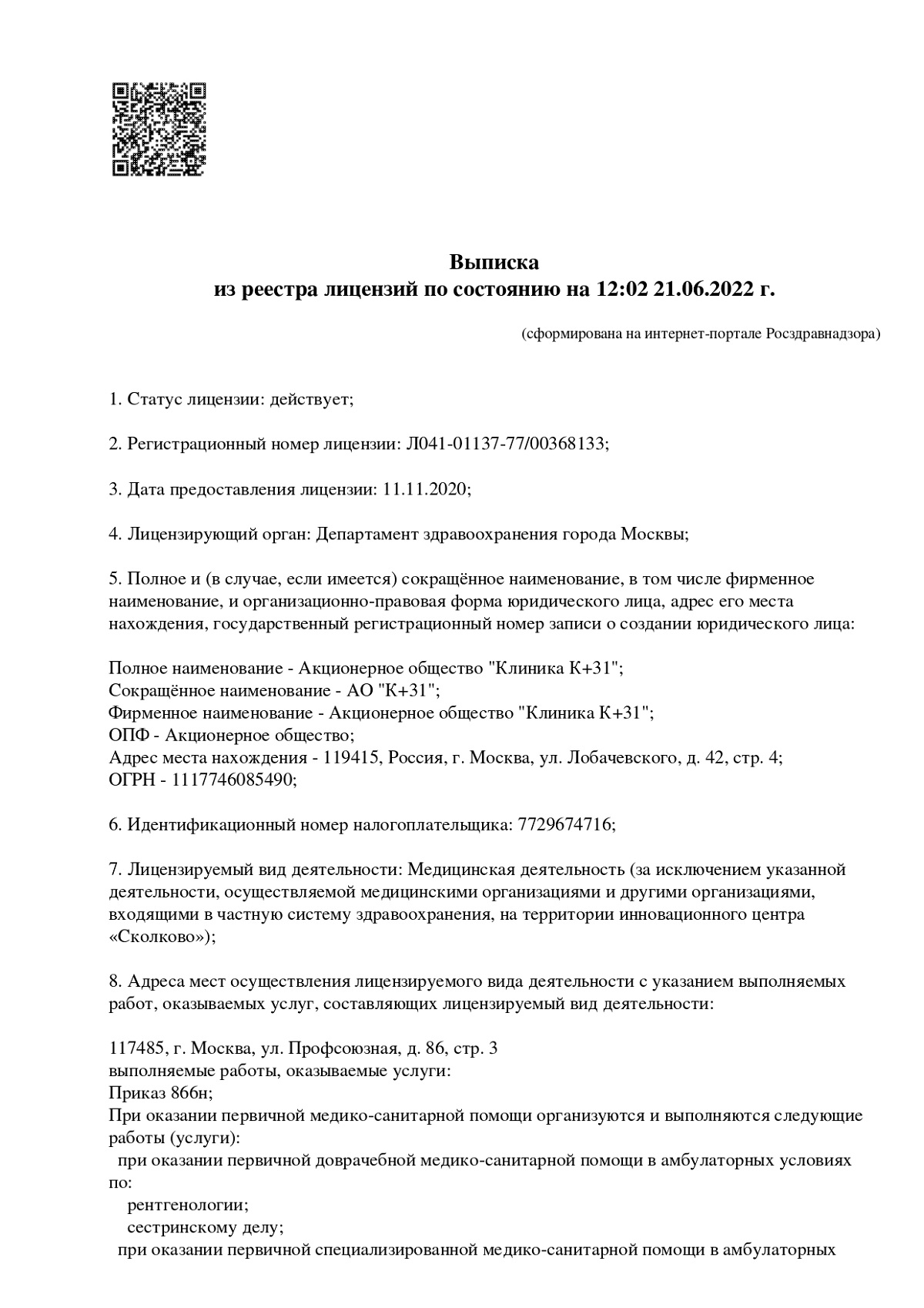
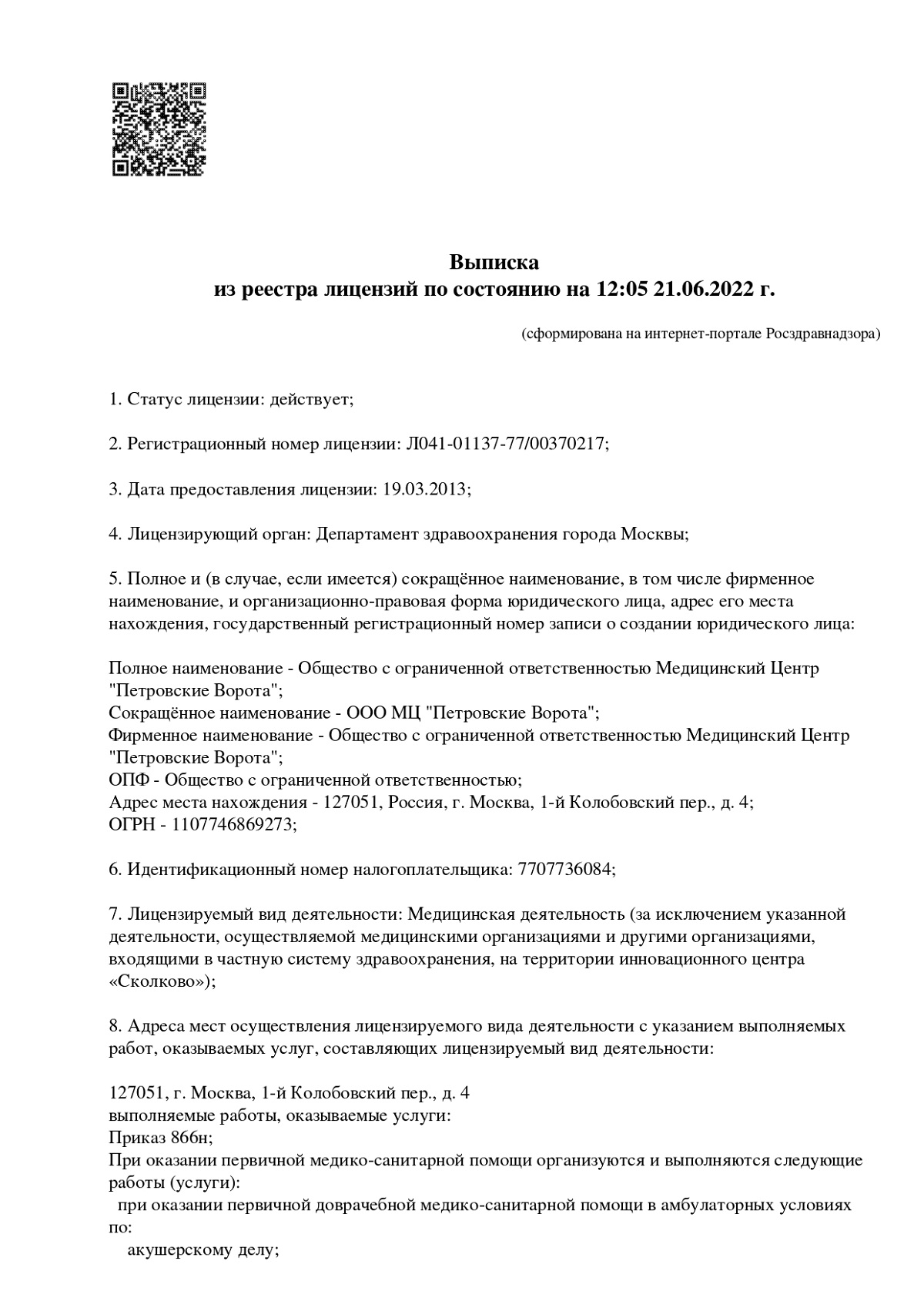
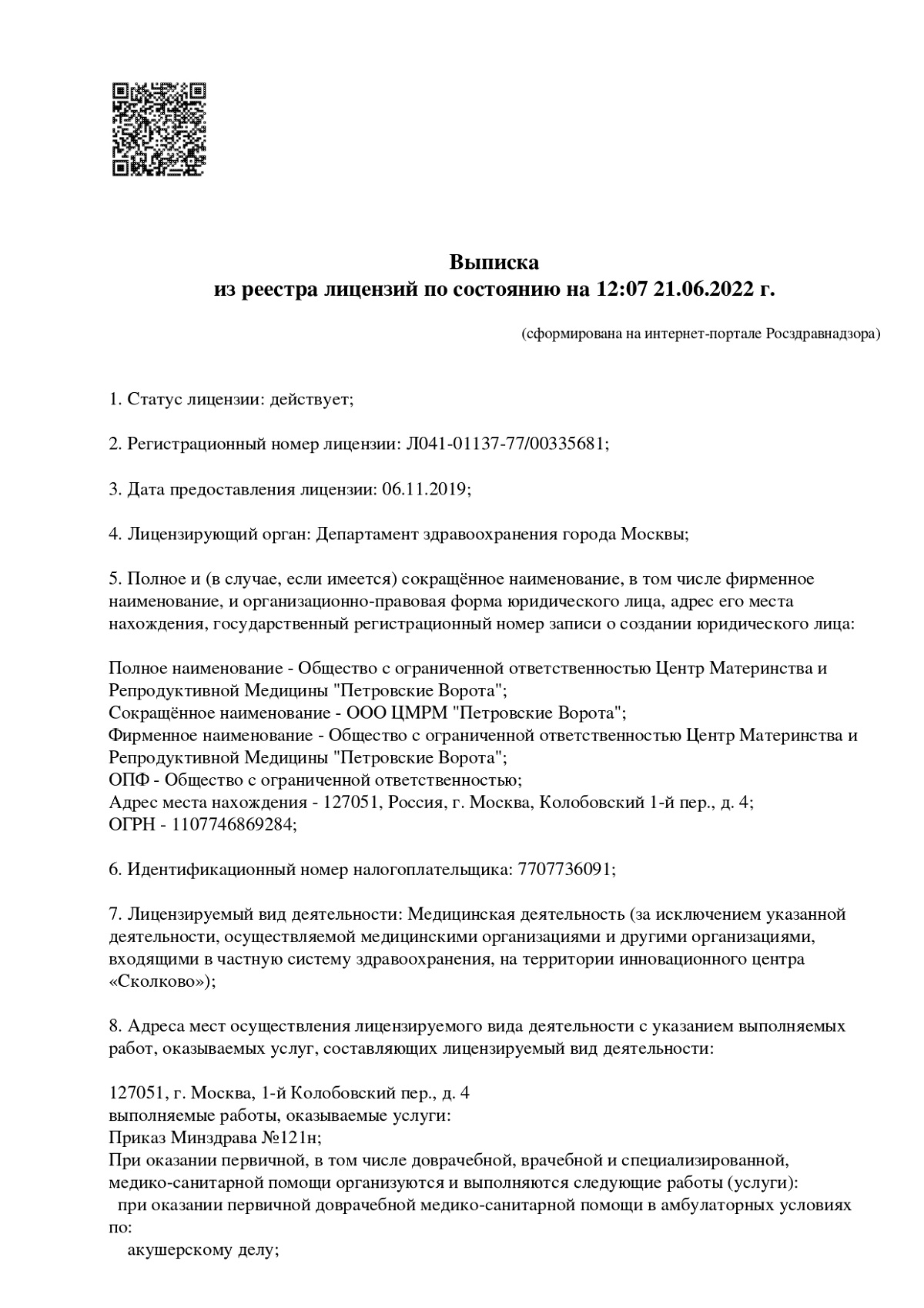
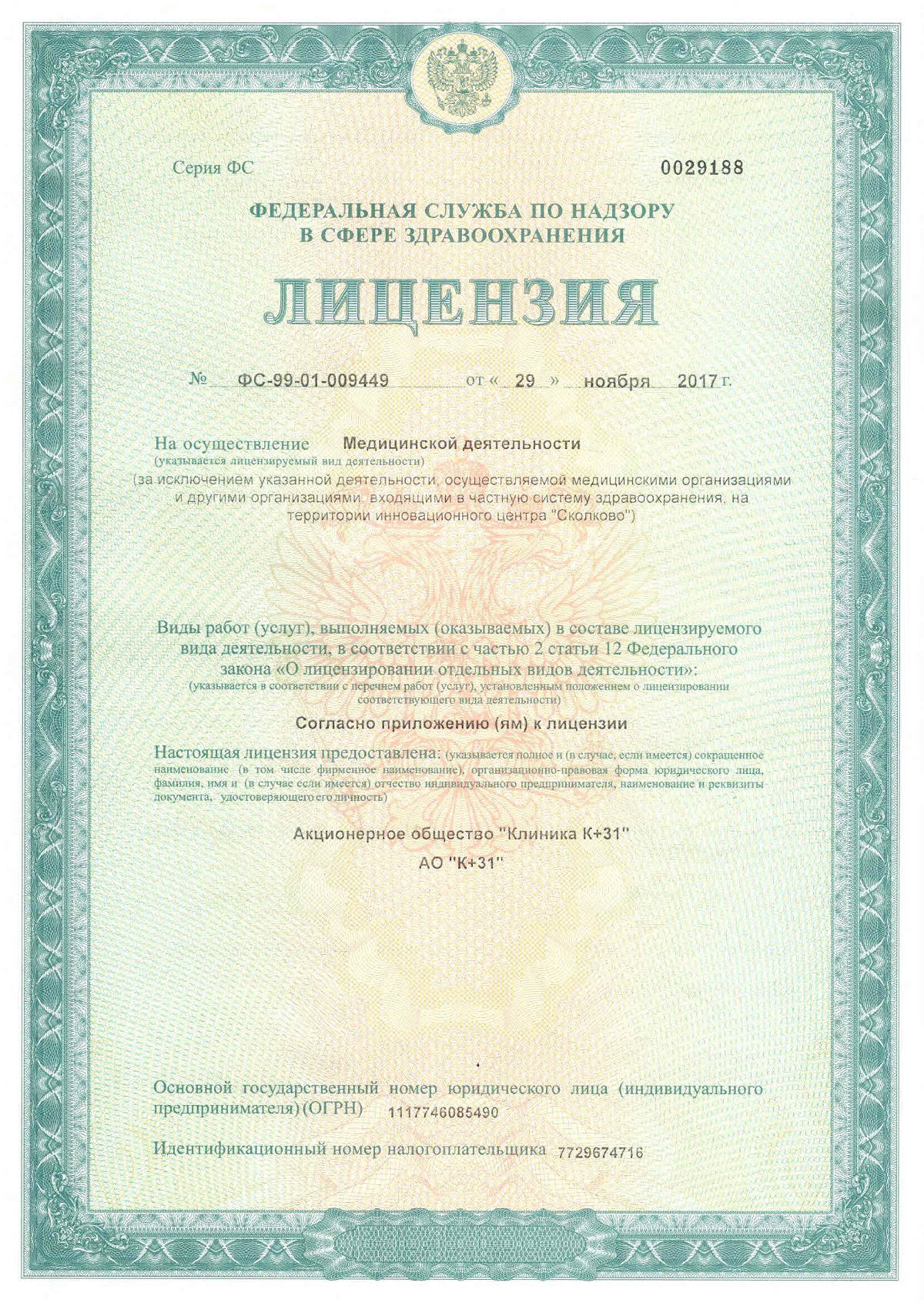
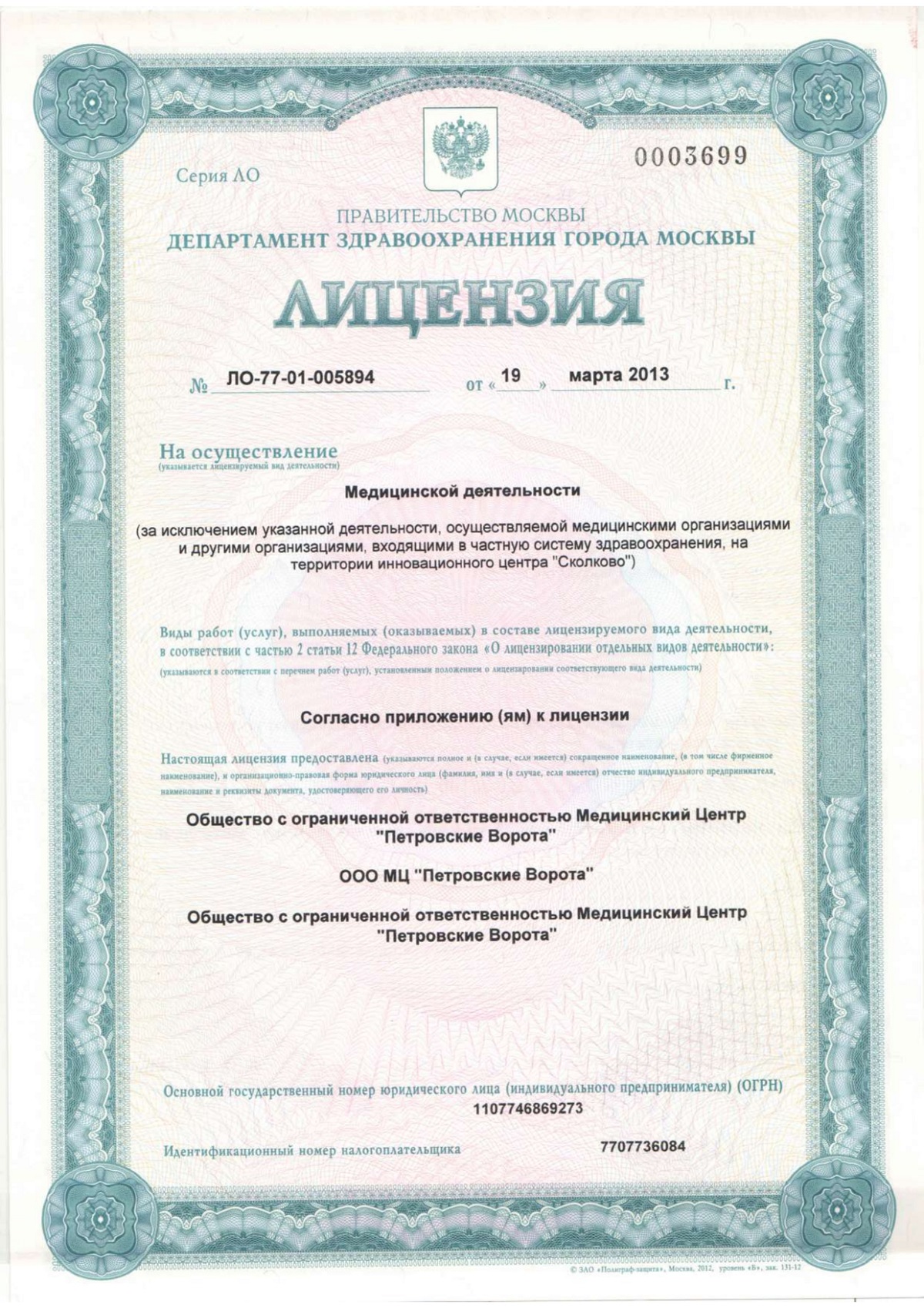
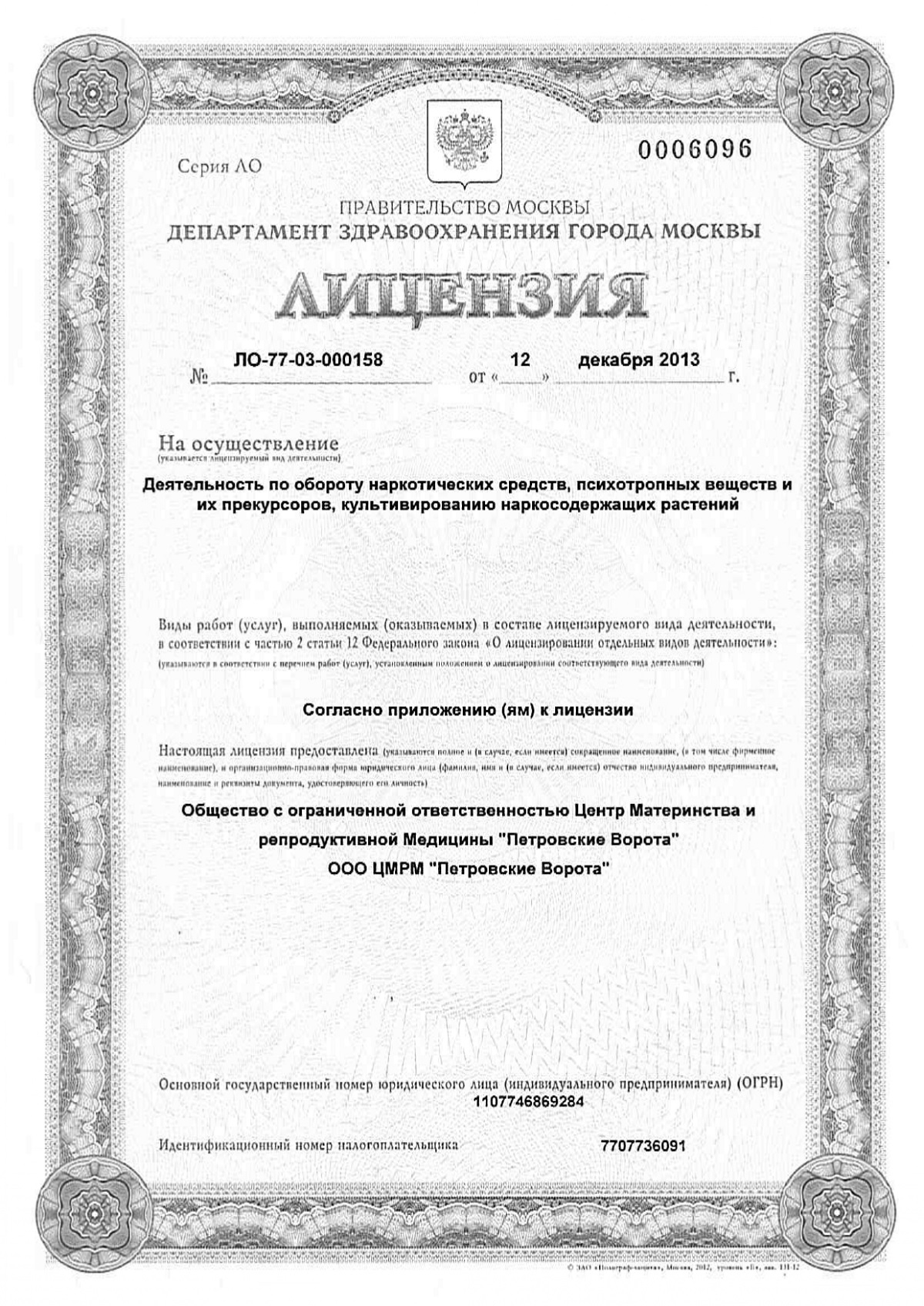
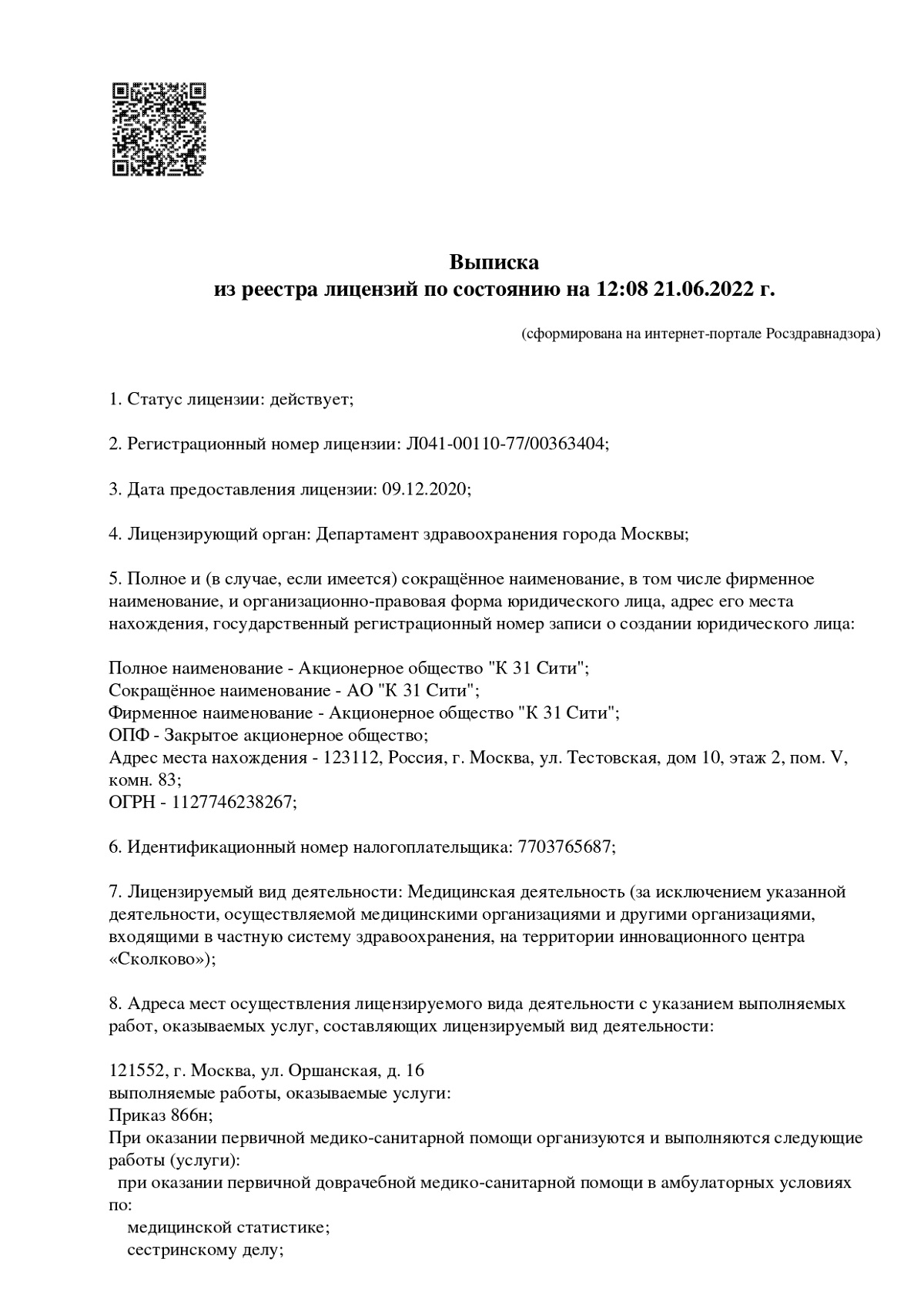
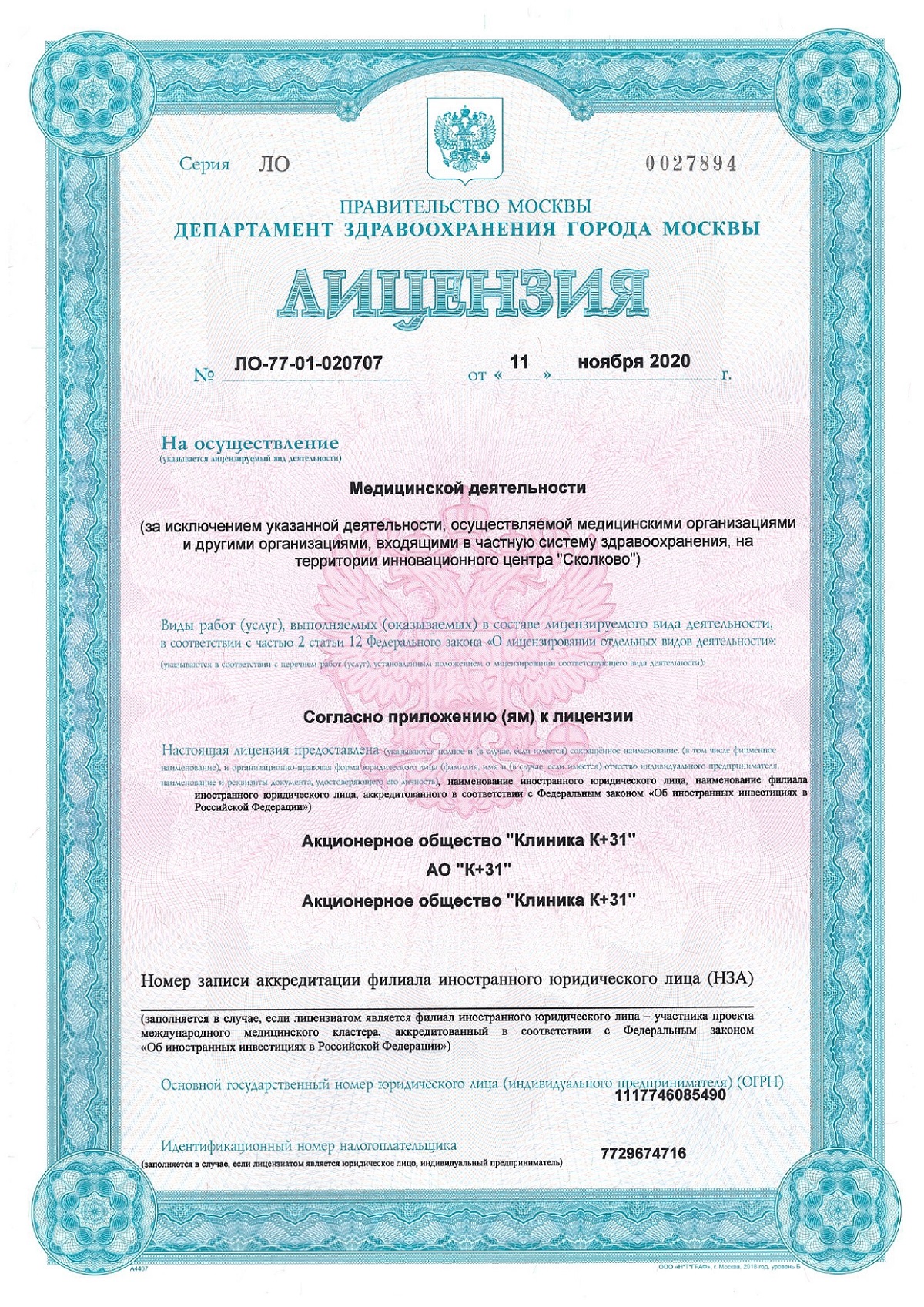
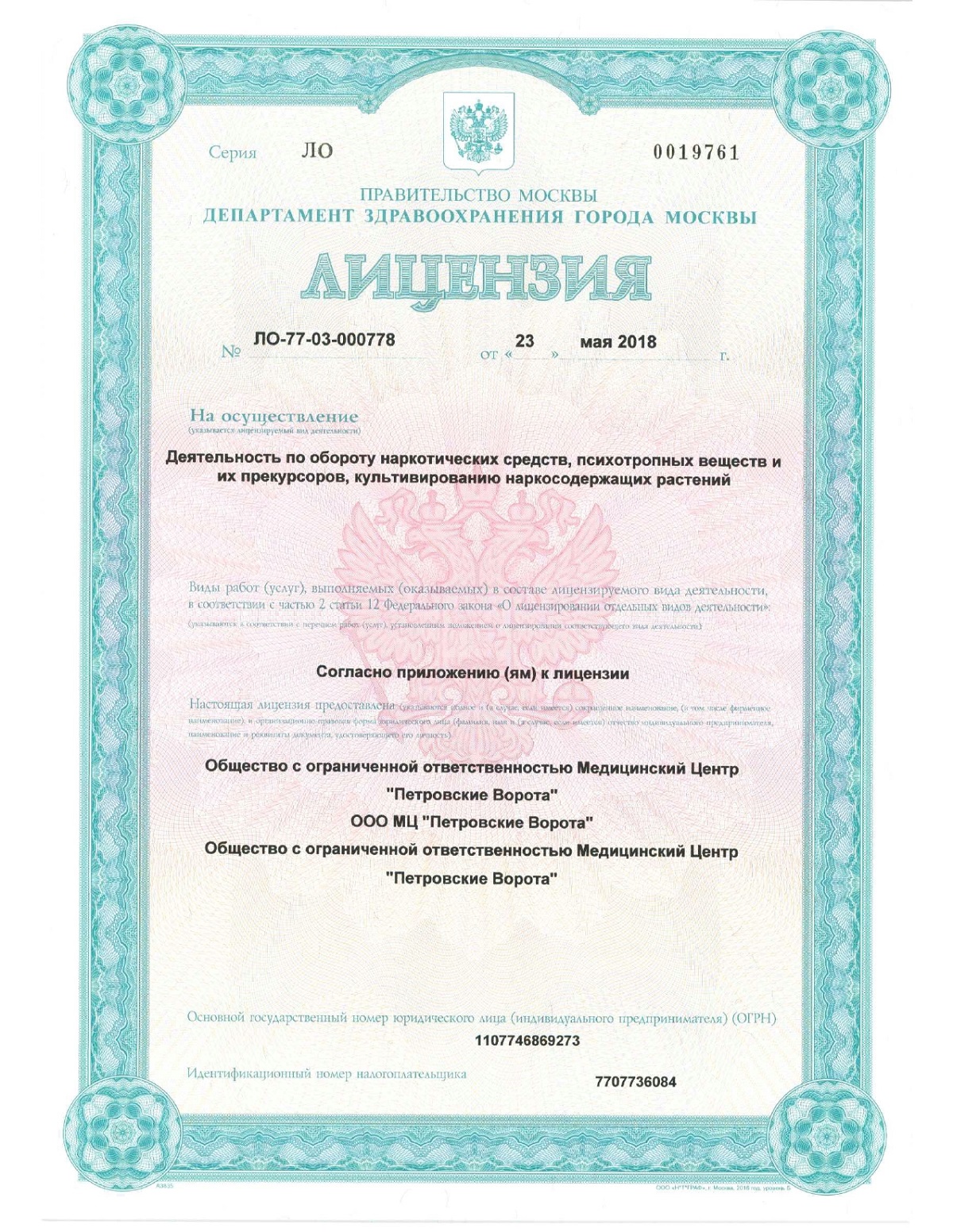
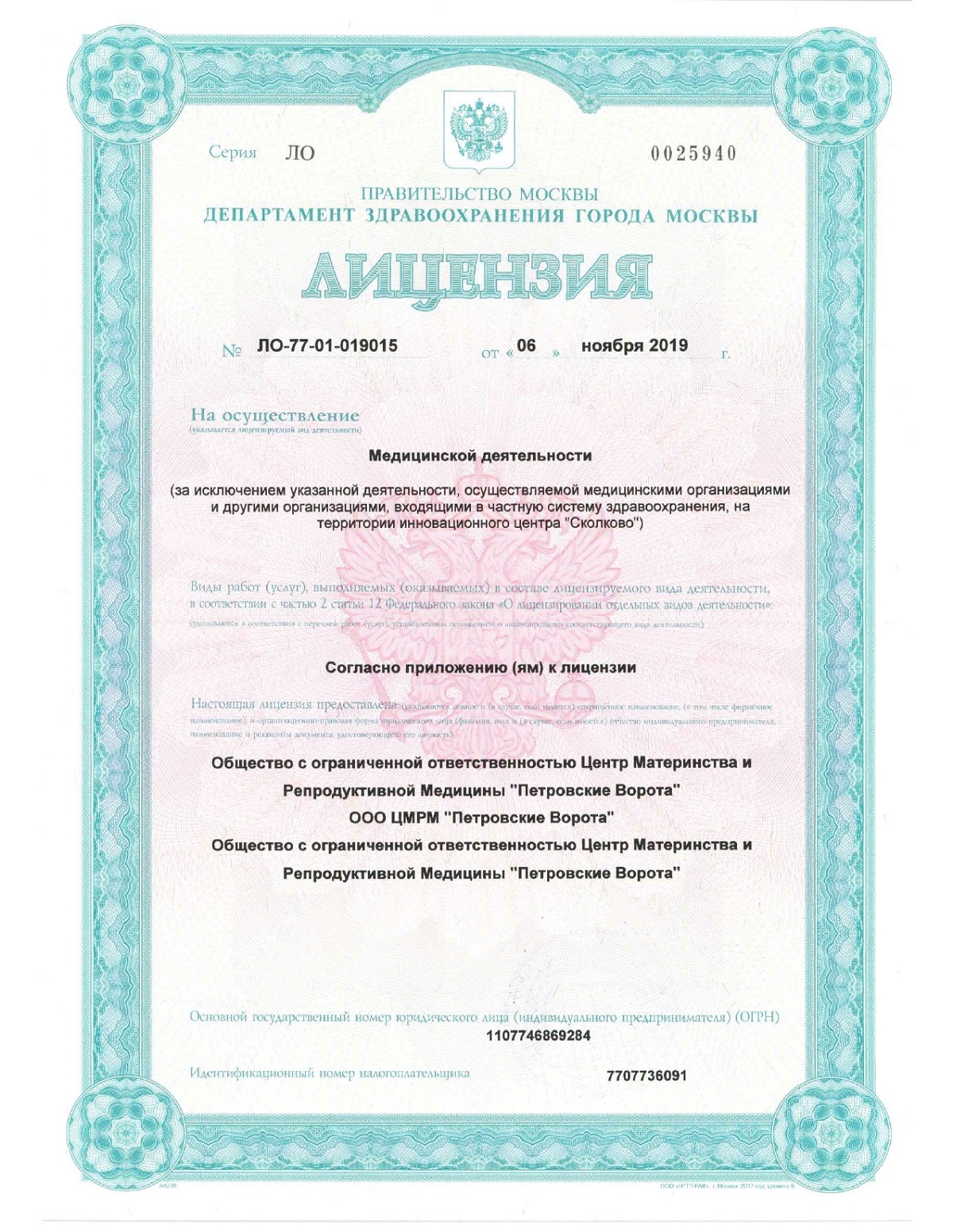
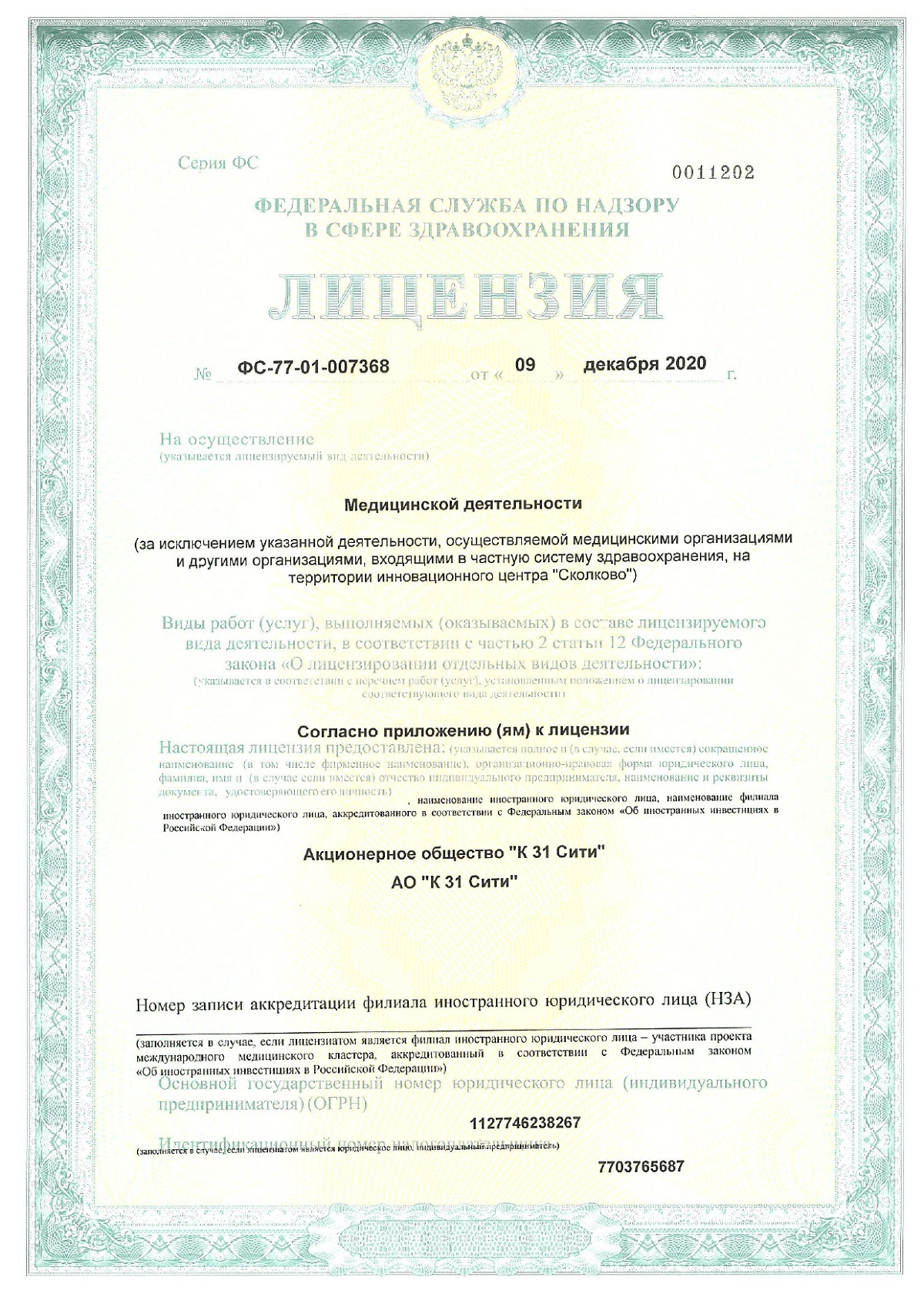

Hair and scalp health
Alopecia and seborrheic dermatitis (known as dandruff), the problems for which people most often turn to dermatologists and trichologists. These conditions affect 40 to 60 percent of the population.
Typical signs are a sloppy hairstyle, itching, whitish scales on the hair and rapid contamination of the roots. These symptoms create discomfort in everyday life and negatively affect a person’s psychological state.